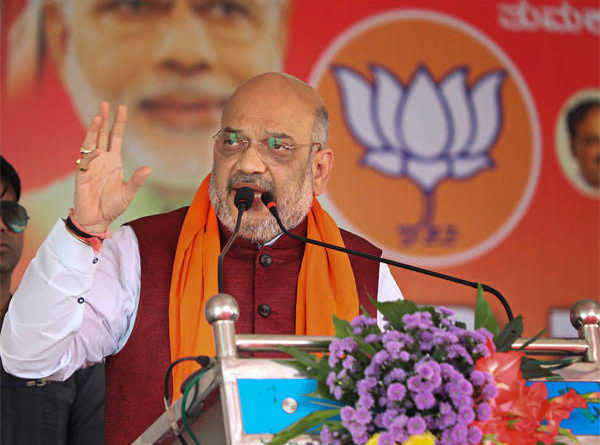‘Historic’ MSP Hike In Modi Government’s
Six weeks into the South-West monsoon season, the kharif 2018 area coverage does not inspire any confidence.
As of July 6, we can see slippages in planted area for important crops including rice, pulses, coarse cereals, oilseeds and cotton, according to the Agriculture Ministry data.
So far, a third of normal area under pulses, coarse grains and oilseeds has already been planted; and more will be covered in the coming days. As for cotton, close to 50 per cent has been covered.
The hike in MSP will only be effective if a number of steps are taken along with it. It is well-known that procurement levels vary significantly across crops and regions.
For instance, much of the paddy procurement is concentrated in the states of Punjab, Haryana, Andhra Pradesh and Chhattisgarh. While some improvements in procurement have been made in recent years, procurement as a percentage of production remains low in states like West Bengal, Assam, Uttar Pradesh and Bihar. In the absence of proper procurement, the market price of rice has fallen below the MSP for a number of years in these states.
Already, there are calls in this regard on the legislative front. The Commission for Agriculture Costs and Prices (CACP), the body which fixes MSPs for 23 kharif and rabi crops, has asked the Modi government to bring in a ‘right to sell at MSP’, which will give some actual legal teeth to this whole exercise.
Historically, the food policy in India has relied on protecting the poor from price rise and food shortages through the public distribution system (PDS). There have, however, been attempts to exclude the poor from the PDS by introducing targeting, setting arbitrary and low poverty lines, and most recently by linking the PDS to Aadhaar. Notwithstanding the recent improvements in the PDS, the Economic Survey 2016-17 made a case for scrapping the PDS and other such welfare programmes in favour of direct cash transfers.





